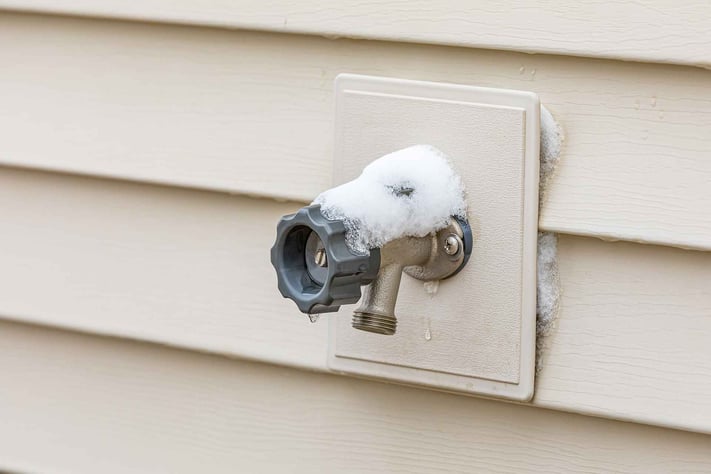
Many enclosure manufacturing projects will require some form of weatherproofing as harsh environments pose a threat to the functionality of our customers’ various types of equipment. Outdoor weatherproofing is not necessarily a “one-size-fits-all” solution, however. There are several different factors to consider when choosing a specific weatherproofing strategy. Fortunately for our customers, AIM is well-versed in the wide variety of outdoor weatherproofing options available and our team is able to provide advice regarding which are the most optimal for each project.
Outdoor Weatherproofing for Controlling Water Ingress
One of the most common concerns that outdoor weatherproofing addresses is water ingress. By manufacturing enclosures to control the risk of water infiltration, AIM ensures that our customers’ products will remain functional even under harsh weather conditions, such as heavy rain. The important thing to remember when controlling water ingress is that there are as many subsets of waterproofing as there are variations of weatherproofing. In short, the strategies for waterproofing include ensuring surfaces are properly sealed, controlling enclosure flatness, working around hidden points of ingress, and utilizing tortuous path design techniques. Our blog explores the intricacies of these strategies in a recent post, 4 Tips for Waterproofing Electronic Enclosures, for customers who wish to know more about the waterproofing process specifically.
Outdoor Weatherproofing for UV Resistance
Outdoor weatherproofing is not limited to preventing water damage. Any enclosure that is built for outdoor use is going to be exposed to sunlight. While some manufactured enclosures experience minimal levels of natural light, products that experience significant amounts of exposure will require protection from UV rays. Typically, when plastic is subjected to large quantities of UV, the material will eventually degrade. This deterioration is characterized by weakened or brittle plastic and discoloration. Fortunately, UV resistant outdoor weatherproofing provides a solution to prevent these potential issues.
AIM specifically addresses UV exposure by manufacturing outdoor enclosures using types of plastic that have been specially engineered to be resistant to UV exposure. Our company works with a wide range of materials, from ABS, to Polycarbonate, and nylon, with over 700 different material subtypes to choose from within our warehouse.
Outdoor Weatherproofing for Extreme Temperatures
One final weatherproofing option to consider is manufacturing enclosures for hot environments. If the part is dark in color, it can absorb quite a bit of heat. If the absorbed heat exceeds the thermal deflection temperature, the molded in stress of the part is relieved. Sounds good, but it’s generally not. The part can take on a new permanent warped shape, much like the cheap plastic cup you squeeze into the dishwasher and is never the same afterwards. To address this, we work with you to make the right plastic selection so your product will last.

 SINCE 1993 MADE IN USA
SINCE 1993 MADE IN USA 

